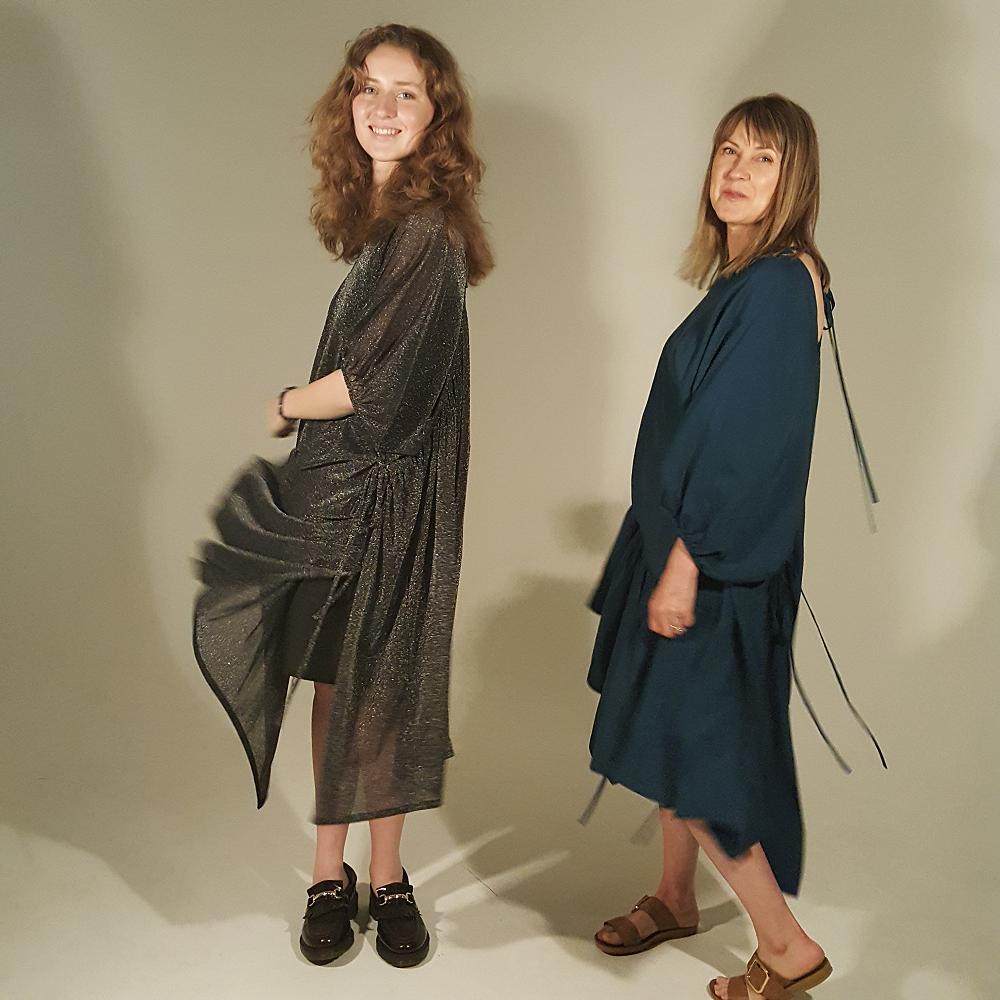
Sartorial continuity
Wearing traditional dress provides a way of keeping connected to cultural identity in other cultural contexts.
Recent work by fashion designer Rekha Rana Shailaj explores the uncomfortable conflicts of identity formed by wearing ethnic sari in new locations, away from its traditional cultural roots.
"According to the Western dress rhetoric, sari from the Indian subcontinent is set into rigid national and ethnic dress constructs. The mark of “ethnic dress” comes with the misassumptions of it being static, rooted in tradition, and lacking innovative expressions."
Rekha Shailaj, a Senior Lecturer in the School of Design at Otago Polytechnic, has utilised the key characteristics and parts of a sari to create new and unique forms of garments which retain the fluidity of sari. Rekha's first sari was given to her by her mother, and Rekha's work draws on her own lived experiences of wearing sari.
"The traditional seams are dissolved into folds, tucks, pleats, and gathers lending to a blend of a fitted and extended silhouette. The long diagonal cutlines flow around the perceived body in unexpected places."
Rekha retains the idea of asymmetry, which is the key feature of a sari. Some wearers unaccustomed to sari may be disconcerted by the lack of balance due to the garment not always being centred on the body. Rethinking the sari means Rekha can be comfortable wearing the garment in public and hybrid spaces, while retaining connection to her cultural roots and whakapapa.
Rekha's work was displayed in the Whakapapa, Ancestry and Contemporary Fashion Practice Exhibition, held in April 2023 in Dunedin alongside the conference of the International Foundation of Fashion Technology Institutes (IFFTI) 2023.
